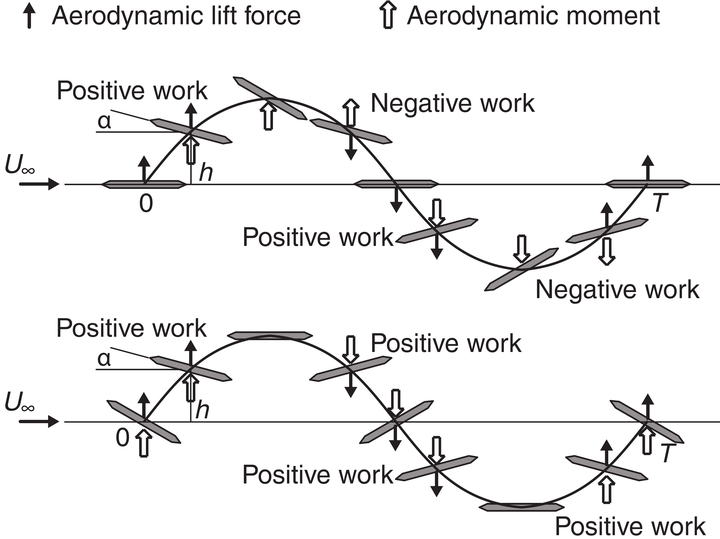
Abstract
Predicting the phenomenon of aerodynamic instability is essential for the analysis and design of long-span cable-supported bridges. This paper reviews the history and development of aerodynamic analysis techniques and state-of-the-art numerical and experimental methods for flutter stability analysis. A discussion of the flutter phenomenon is followed by a literature review. This study provides a perspective on self-excited aerodynamic force models, identification of aerodynamic derivatives and methods for determining aerodynamic instability of long-span bridges in two dimensions and three dimensions. Computational fluid dynamics (CFD) techniques for modelling the flow past bluff bodies are also covered. Different model combination techniques are presented, utilising analytical, numerical and experimental approaches to predict the flutter limit. The effect of different parameters on the flutter stability limit is also highlighted. Furthermore, an overview of the complementary relationship between wind tunnel testing and CFD is provided. Finally, this paper also describes the engineering solutions adopted as countermeasures to prevent flutter instabilities.